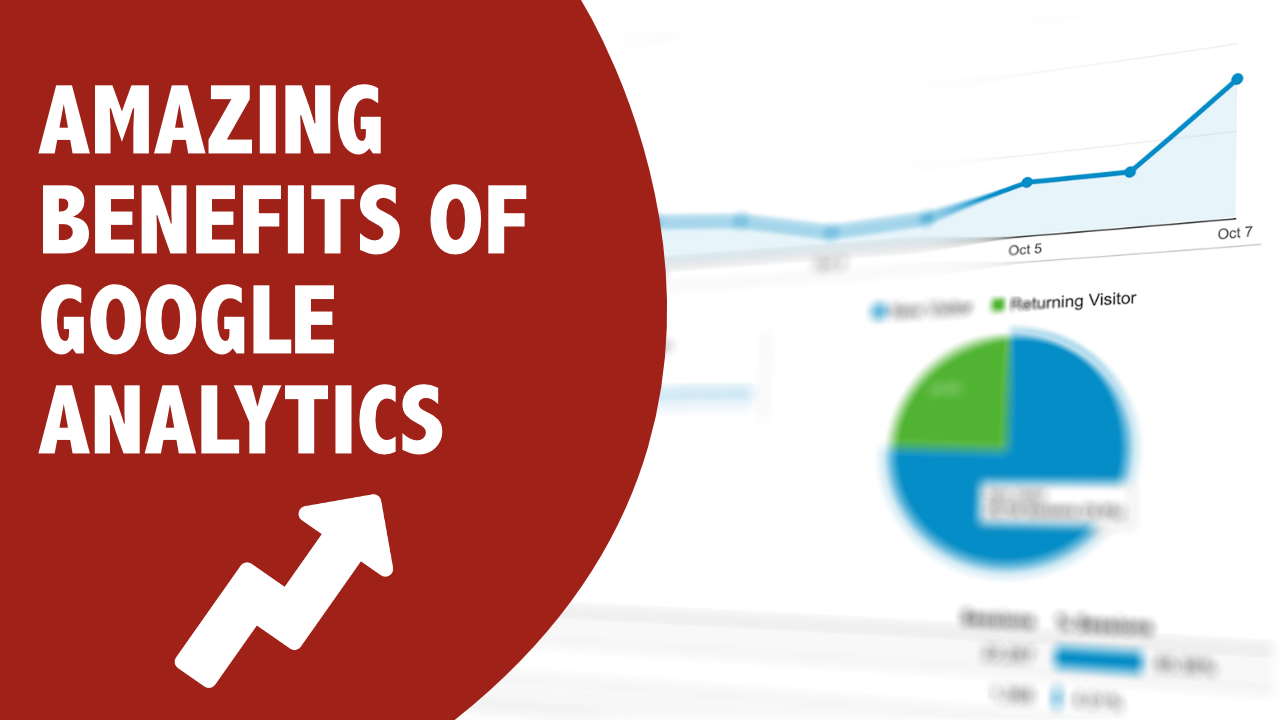When it comes to positioning your website in search engines like Google, there are a lot of concepts in which webmasters and business owners alike must understand.
In this article, we discuss what website positioning is, the three different sections of the search engine results page (SERP) in which your website can appear, as well as how to optimize your business in order to appear in any one of these three sections.
Let’s get into it.
What Is Search Engine Positioning?
Definition:
Search engine positioning refers to the placement of your website in the results page of any given search engine result.
When speaking of search engines, we mean websites such as Google, Yahoo, and Bing.
Since more than 90% of internet users utilize Google as their main search engine, Google will be the engine in which we refer to moving forward.
Keep in mind that search engine positioning is only one channel among many digital marketing components.
Where Can I Position My Website In Search Engine Results Pages (SERPs)?
On any given SERP, there are three sections in which your website has the ability to appear in: PPC positions, organic search results, or Google Maps.
Google Adwords (PPC Campaigns)
With search engine marketing, you have the ability to pay for your website to show up high in search results.
This is done through a method of online marketing known as pay-per-click (PPC) campaigns.
With this style of digital advertising, you can pay for your website to show up in the first position of Google, but every click that this generates will cost you money.
The benefit here is that you get immediate results, as it allows you to show high as soon as you start your campaign.
The disadvantage here, though, is that you are paying for clicks.
There is no guarantee that these clicks turn into sales; therefore, you can run through your budget quickly without seeing any ROI.
When using Google Adwords, there are two sections of the SERP in which you may show up.
Ad Sections At The Top Of SERPs
These are the two or three positions at the very top of the SERP with the little green “Ad” sign.
Business owners are paying for this visibility through the fact that they will be charged for every click this ad generates.

Ad Sections At The Bottom Of SERPs
These are the two or three positions at the very bottom of the SERP, also with the little green “Ad” sign.
Webmasters and business owners are again paying for their ad to appear here, but every click that this ad generates will cost much less than if their website were to be shown in the three positions at the top of the SERP, as these three bottom positions do not provide as much visibility as the top ads do.

Search Engine Optimization (SEO)
PPC campaigns allow you to appear in the three positions at the very top or the three positions at the very bottom of a SERP, whereas SEO allows you to appear in the ten positions in the middle of a SERP.
Organic Search Results
These ten positions are known as organic search results.
These positions are not paid for.
In order to show up in one of these ten positions, your website needs to be the most relevant and authoritative website on the internet for your target keyword query.
The downside to this is that it can take a long time.
If there are a lot of websites out there that are both authoritative and very relevant for one of your target key terms, then it may be very difficult to have your website shown above them.
The benefit to this, though, is that each and every click to your website is free from these ten positions.
And because these positions don’t have the little green “Ad” beside them, your click-through rates are much higher.
Meaning, you’ll get more actual clicks to your website and you won’t have to pay for them if you are indeed able to optimize your website thoroughly enough to appear here.

Google Maps
Google Maps is the area of the search engine results page that only appears for a locally-relevant search term.
These terms include any query including “near me”, “your city”, “in city”, etc.
This section only includes three or four positions.
Which means less competition for the businesses that appear here.
This can be a great advertising channel for local store marketing.
Google My Business (GMB) Profile
The Google Maps section is for businesses that are locally relevant to the searcher.
The profile that appears here is called your Google My Business (GMB) profile.
If you are a local business, appearing in this section can be a great asset for your business.
In order to have the ability to appear here, though, you need to have an active GMB profile.
You can create one here.

Methods To Achieve High Web Site Positioning In Search Engines Like Google
For each of the three sections in which your website can appear using search engine marketing, there are different best practices you can implement that will allow you to appear highest in the SERP.
Google Adwords (Paid Positioning)
With Google Adwords and PPC campaigns, there are a number of different ways in which you can achieve high first page rankings.
We must understand these methods in order to maximize the digital marketing benefits we receive from this channel.
But first, if you are unfamiliar with exactly what a PPC campaign is, please watch this video to get up to speed:
Increase Bid
PPC campaigns run on a bidding auction that uses algorithms and artificial intelligence to comb through each bid.
This simply means that the potential amount you pay per each click that goes to your website through PPC is highly dependent on the amount you bid.
Your bid is the amount of money you are willing to pay per click.
If you increase your bid, your cost per click will be higher, but your website will likely appear in one of the top positions, as you will have one of the highest bids among all of your competitors.
This can be effective if you know your numbers inside and out.
Increase Budget
Increasing your budget will also allow you to show up high in these paid positions as well.
The higher your budget, the more you’re able to test and tweak all of your ads and ad sets.
And the more opportunity you have to run these tests, the more efficient your bids can be.
Testing with a larger budget can, therefore, help you find the perfect ad set that allows you to show up as high as possible in the SERP for as cheap as possible.
Target Long-Tail Keywords
If the cost per click (CPC) of your target keywords is too high for your budget, you can always target long-tail, less competitive keywords that have a lower CPC.
This will allow you to show up in search results for a lower cost.
Graduating to higher-CPC keywords can come after you have enough budget and mastered the low CPC keywords.
SEO (Organic Positioning)
There is a lot more than goes into SEO rankings than PPC positioning.
This is because, with SEO, you’re not paying for your position.
You have to achieve it through organic means.
Although there are a lot of factors that affect SEO rankings, below are three of the largest variables.
Keyword Research And Competitive Analysis
Understanding your industry’s level of competition is crucial to your success.
Combined with this, is the level of competition per keyword that you want to rank for.
You need to have a thorough grasp of your current website’s SEO metrics and how they stack up against your competitors’.
If you do not do thorough research, you may try to rank for high volume, difficult search queries too early
By doing so, you could be wasting a lot of time, money, and energy with your organic rankings.
Instead, performing keyword research and competitor analysis upfront will allow you to understand which keywords to target, and when.
Increase Quality Backlinks
Link building is far from dead.
The more relevant, authoritative backlinks your website has pointing to it, the stronger your SEO metrics such as domain authority, page authority, and trust flow will get.
These types of foundational metrics will allow your website as a whole to rank higher.
This is why you should continue to guest post, submit directory listings, and network with other website owners in your niche.

Create Relevant And Valuable Content
Content is still king.
A measly 300 words per page is simply not going to cut it anymore.
With billions of websites – yes, billions! – on the web, you need a way to stand out.
By providing the most relevant, valuable, and thorough content for any given topic, you will have a high chance of appearing in the organic search results on the first page of Google.
We’re talking at least 1,500 words+.
GMB Optimization (Google Maps Positioning)
Showing up organically in Google Maps is the third way in which you can achieve search engine positioning.
Fill Out All Sections Of Profile
Most business owners want to show up in Google Maps, but most business owners don’t want to fully complete their GMB profile.
Google is providing you with the tools to appear in this section…
Use them.
This includes filling in all of the available information, such as business description, updated hours, photos, posts, etc.
Build Citations
Citations are simply the mention of your business’s name, address, and phone number anywhere on the web.
Their purpose is to build local relevance for your business.
A Google Maps result in the SERP only appears when there is a locally-relevant search term entered into the search engine.
To establish this connection between your location and your business, citation-building is a critical part of Google Maps rankings.
Please read our article about Google Maps rankings to learn more.
Develop A Review Strategy
Not only are reviews great for rankings, but they’re also great for conversions.
A GMB profile has a much better chance of generating a click from the SERP if it has a high amount of 5-star reviews.
It could be the factor that encourages users to click your business instead of your competitors’ business.
Developing a thorough review strategy is therefore paramount to your success.

Website Search Engine Positioning: A Conclusion
There are three positions in which your website can appear in SERPs: the paid section, the organic section, and the Google Maps section.
You must understand each section and what is required to appear in each in order to gain achieve maximum visibility for your website on Google.
Either one of these three positions – or a combination of all three – can do wonders for your business.
We hope this helped you gain a better understanding of website positioning in search engines.









